Just In
- 10 min ago

- 7 hrs ago

- 16 hrs ago

- 18 hrs ago

Don't Miss
- Finance
 1:10 Split Coming Up: Crorepati FMCG ITC Turns Rs 1,50,000 To Rs 1.2 Crore; Makes Big Announcement; BUY?
1:10 Split Coming Up: Crorepati FMCG ITC Turns Rs 1,50,000 To Rs 1.2 Crore; Makes Big Announcement; BUY? - Sports
 Pakistan vs New Zealand Playing 11: PAK vs NZ 4th T20I Team News, Predicted Lineup And Other Details
Pakistan vs New Zealand Playing 11: PAK vs NZ 4th T20I Team News, Predicted Lineup And Other Details - Education
 JEE Main Result 2024 Out, Telangana's 15 Toppers Shine, Check Statewise List of 56 Candidates with Perfect 100
JEE Main Result 2024 Out, Telangana's 15 Toppers Shine, Check Statewise List of 56 Candidates with Perfect 100 - News
 Mangalsutra Row: Did Indira Gandhi Donate Gold During The 1962 War? The Facts Behind Priyanka's Claim
Mangalsutra Row: Did Indira Gandhi Donate Gold During The 1962 War? The Facts Behind Priyanka's Claim - Movies
 Kota Factory 3 OTT Release Date, Platform: When Will Jitendra Kumar's Web Series Premiere On Netflix?
Kota Factory 3 OTT Release Date, Platform: When Will Jitendra Kumar's Web Series Premiere On Netflix? - Travel
 Escape to Kalimpong, Gangtok, and Darjeeling with IRCTC's Tour Package; Check Itinerary
Escape to Kalimpong, Gangtok, and Darjeeling with IRCTC's Tour Package; Check Itinerary - Technology
 OPPO Find X7 Ultra Camera Deep-Dive: Pushing the Boundaries of Photography on a Smartphone
OPPO Find X7 Ultra Camera Deep-Dive: Pushing the Boundaries of Photography on a Smartphone - Automobiles
 Aston Martin Vantage Launched In India At Rs 3.99 Crore
Aston Martin Vantage Launched In India At Rs 3.99 Crore
Do You Know These Basic Facts About Breast Cancer?
Expert interview on breast cancer
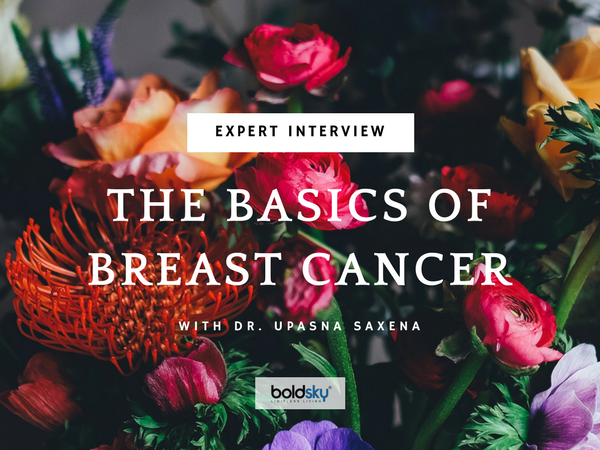
Breast cancer has been adding victims to its ranks at a steadily increasing rate since the last few decades.
That's why it is more important now than ever to know what it exactly is, how it creeps up and destroys lives, and what you can do if you develop any symptoms congruent with its M.O.
Therefore, to help you get the full picture of this condition, we interviewed expert radiation oncologist Dr. Upasna Saxena, MD of the HCG Apex Cancer Centre in Mumbai on breast cancer, its genetic aspects, and other important facts that you should know.
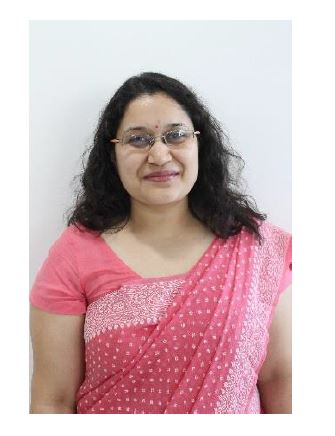
Interview Highlights You Should Not Miss:-
- Lifestyle choices and the reason behind the rise of breast cancer cases in recent times.
- Why certain oral contraceptive pills put you at a greater risk of developing breast cancer than other.
- Genetic factors that put you and your family at a very high risk of developing breast cancer and how they are associated with other cancers like ovarian, prostate, and pancreatic cancers.
Let's dive in.
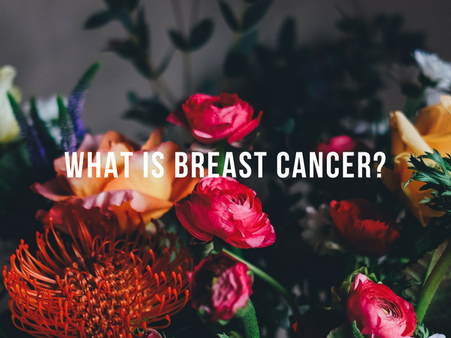
Ria: Breast cancer is a large umbrella term. Can you tell us a little bit about all the conditions that fall under it?
Dr. Upasna Saxena: There are a lot of breast diseases, and they are largely divided into two types - benign and malignant. The cancerous lesions are ductal or lobular carcinoma in situ, invasive ductal or lobular carcinoma, inflammatory carcinoma of breast, and Paget's disease of the breast.
There are a lot of other diseases of the breast but they are benign, like fibroadenoma or fibroadenocyst or cystic disease of the breast. That means they are not cancerous.
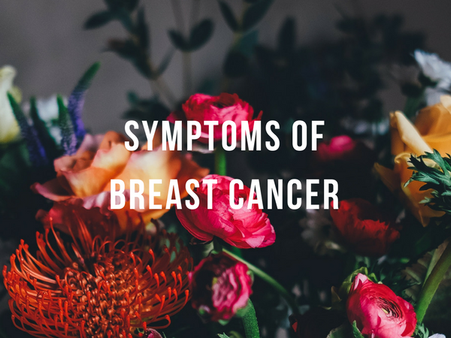
Ria: What are the most common symptoms of breast cancer?
Dr. Upasna Saxena: The most symptom is a [breast] lump that people observe in the routine course of events.
Other than that, you can have associated symptoms like a lump in the underarm, which is a lymph node. In fact, sometimes people do not see the lump in the breast, but they see the lump in the underarm.
Also, there can be changes on the skin, like redness or ulceration, discharge from the nipple (blood or fluid), a dent on the surface of the breast (which is known as dimpling), an inward turning of the nipple, or a change in the size of the breasts. That is, on comparing, one breast may appear larger than the other.
There can also be a heaviness in the breast. Or simply prominent veins on the surface.


Ria: Who are at a high risk of developing breast cancer?
Dr. Upasna Saxena: There are a lot of risk factors. Some are not-modifiable. That is you can't do anything about them. And others are modifiable. But the most important risk factor is gender. Men also get breast cancer but it is very rare. So women are more predisposed than men.
The second is age. As age advances the risk of breast cancer becomes higher.
Then there are other risk factors that you can modify, like cigarette smoking, alcohol consumption, urbanization, late age of pregnancy, lesser number of children, lack of exercise, and increased body weight. Now, increased body weight is associated with a lot of other diseases, but it also increases the risk of breast cancer.
So these are the factors associated with lifestyle. That's why we are seeing a rise in the number of cases.
Then, there are children who are exposed to radiation during treatment for some other cancer in the chest region. They are also at a higher risk.

Ria: What about oral contraceptive pills? Since increased exposure to estrogen is a risk factor for breast cancer, what should women who take these pills do about it?
Dr. Upasna Saxena: See, there are many different kinds of oral contraceptive pills with different compositions of estrogen and progesterone. So it depends on which one you are taking.
So if you are taking a pill that has estrogen, it increases the risk for individual cancer.
[Please note: Self-medication can be dangerous. So please consult a gynecologist before you take any oral contraceptive pills.]
Basically, these cancers have receptors for the hormone estrogen. So when you take these pills, you feed those receptors and give them a positive stimulus for the development of cancer.
Even people who have an early start to their menstrual cycle [a.k.a menarche] or in whom it stops very late [a.k.a late menopause] are exposed to estrogen for long periods of time.
And someone who does not have children will be continuously exposed to estrogen because during pregnancy estrogen is very reduced in the body and it is mainly progesterone which is elevated. So pregnancy is a kind of break. And even breastfeeding prevents cancer.
Plus, estrogen is produced in the body's fat cells. So if someone is overweight, they have a higher level of it.


Ria: Can you tell us a little bit about benign breast conditions and the ones which predispose to breast cancer?
Dr. Upasna Saxena: There are two kinds of benign breast conditions - ones which predispose and ones which don't. Usually, ductal hyperplasia predisposes to breast cancer. And it has two types - typical and atypical.
Atypical ductal hyperplasia has a greater predisposition to breast cancer.
Other than that there are other benign conditions that do not predispose to breast cancer, like fibroadenoma. If you remove a fibroadenoma, it will recur, but it will not cause breast cancer.
Then there could be cysts - fibroadenocysts - which are painful breast conditions. They do not convert.
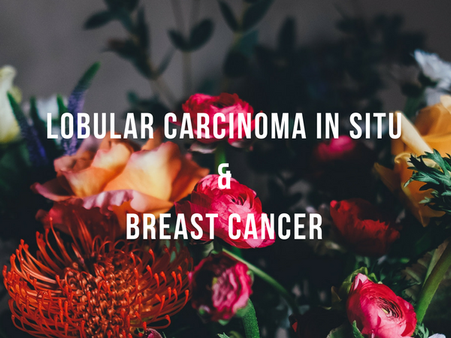
Ria: What about LCIS? Why does it have the highest risk of turning malignant?
Dr. Upasna Saxena: There are two types [of pre-malignant conditions that have a high risk of turning malignant] -ductal carcinoma in situ (DCIS) and lobular carcinoma in situ (LCIS).
If it's DCIS, it usually stays confined. But if it is LCIS, then both breasts have a higher risk of developing breast cancer. It is the nature of the disease to convert into cancer.
Basically, the difference between in situ and invasive carcinoma is that in situ remains superficial. In the epithelium. And when it starts invading into the deeper tissues, then it becomes invasive.
So the nature of LCIS is such that it has a higher risk of becoming invasive cancer.

Ria: Moving on, what is the deal with the BRCA1 and BRCA2 gene mutation? Why do these cause breast cancer?
Dr. Upasna Saxena: There is a certain gene that repairs the damage done to the body. It is called PTEN and it is a tumor-suppressor gene. That is it prevents the development of cancer.
And BRCA1 and BRCA2 block its action so as a result there is a higher incidence of breast cancer.
These genes [BRCA1 and 2] are associated with multiple cancers, like ovarian and pancreatic cancer. And if you are a male, then it is also associated with prostate cancer. Plus, it is associated with a certain skin cancer called melanoma and some leukemias.
It's a complex.
Secondly, it runs in families. That means if someone has BRCA1 mutation, the risk is significantly increased for that person, although it is not necessary that they will get any of these cancers.
Plus, if one person is affected by BRCA, then others in the family are also at a higher risk of this cancer.
Ria: Do you mean the immediate family members?
Dr. Upasna Saxena: Immediate and even those related by blood, like aunts, uncles, second cousins, and third cousins. But I won't do a full BRCA evaluation for every patient who comes to me.
When they fall in a certain category, that's when BRCA evaluation and genetic counseling for the entire family is done.
Plus, BRCA associated cancers occur at a younger age. They are more aggressive and not responsive to some of the medications we give. So the prognosis becomes worse.
Ria: And how do you decide who is screened and who is excluded?
Dr. Upasna Saxena: There are certain guidelines. Like if a family member was diagnosed with breast cancer below 30 years of age, if someone had both ovarian and breast cancer, or if someone is affected by triple negative breast cancer under the age of 50.
There are many more guidelines apart from these.
Ria: What are the various stages of breast cancer? How do you differentiate between them?
Dr. Upasna Saxena: There are 4 stages of breast cancer and they depend upon the size of the tumor, involvement of the structures (like skin, muscle of chest wall under the breast, or lymph nodes under the arm and collarbone), and metastasis (which is presence of breast cancer cells in other parts of the body, like the lungs, liver, bones, or the brain).
So we have stages 1, 2, 3, and 4 depending upon the tumor, node, and metastasis.
And before you initiate any kind of treatment you need to do a complete workup to know where all the disease is.
For example, if a patient undergoes chemotherapy before you are able to stage him completely, then you don't know exactly because chemo would have caused some regression [in the tumor].
So it's very important to stage cancer - this and other types - before any treatment is started.
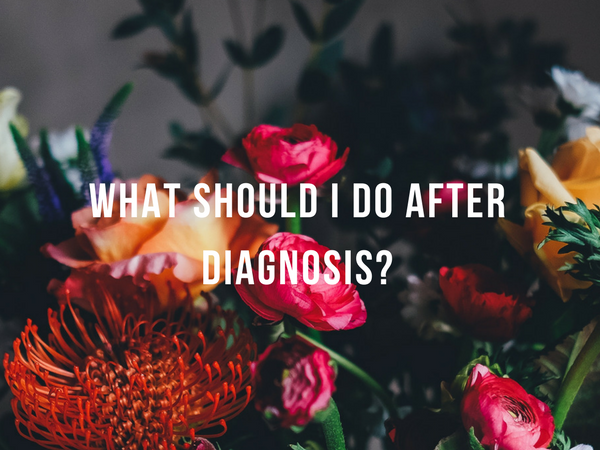
Ria: What should women do once they have been diagnosed? What are the next steps?
Dr. Upasna Saxena: Most of the time cancers are diagnosed by general practitioners, like a general surgeon, or gynecologist, or a family doctor. So the first thing they need to do is refer the patient to an oncologist. Because once the treatment has begun it can affect the treatment outcome and subsequent treatments. So the patient needs to be referred to a medical, surgical or radiation oncologist.
Then a complete workup needs to be done to know the stage.
And then treatment needs to be started.
There should be no delay because cancer grows very rapidly. So a delay of 15 days or even a month can make a world of difference.
It can turn a curable disease into an incurable one.
This is the first installment of our interview with Dr. Upasna. In the next segment, we will talk more in detail about the various treatment options available to women who are diagnosed with breast cancer, especially mastectomy (breast removal surgery) and its implications.
Until then, if you found this article useful, please share it so more people can read it.
#breastcancer
Let us all do our bit to increase awareness about this condition.

-
 healthWhat Is The Right Age To Get Breast Cancer Screening?
healthWhat Is The Right Age To Get Breast Cancer Screening? -
 healthBreast Cancer Awareness Month: How To Avoid Breast Cancer Triggers In Your Daily Life?
healthBreast Cancer Awareness Month: How To Avoid Breast Cancer Triggers In Your Daily Life? -
 healthIs Ignoring This Morning Habit Increasing Your Risk Of Breast Cancer?
healthIs Ignoring This Morning Habit Increasing Your Risk Of Breast Cancer? -
 healthBreast Cancer Awareness Month 2023: These 3 Daily Habits Can Increase Breast Cancer Risk
healthBreast Cancer Awareness Month 2023: These 3 Daily Habits Can Increase Breast Cancer Risk -
 wellnessBreast Cancer Awareness Month: 10 Best Cancer-Fighting Foods That Are Easily Available And Pocket-Friendly
wellnessBreast Cancer Awareness Month: 10 Best Cancer-Fighting Foods That Are Easily Available And Pocket-Friendly -
 pregnancy parentingBreast Cancer Awareness Month 2023: Can Children Get Breast Cancer? What Are The Warning Signs?
pregnancy parentingBreast Cancer Awareness Month 2023: Can Children Get Breast Cancer? What Are The Warning Signs? -
 healthBreast Cancer Awareness Month 2023: These 3 Foods May Increase Breast Cancer Risk
healthBreast Cancer Awareness Month 2023: These 3 Foods May Increase Breast Cancer Risk -
 pregnancy parentingShattering Myths: Breastfeeding Success After Surviving Breast Cancer
pregnancy parentingShattering Myths: Breastfeeding Success After Surviving Breast Cancer -
 health10 Types Of People At Risk Of Breast Cancer: Are You One Of Them?
health10 Types Of People At Risk Of Breast Cancer: Are You One Of Them? -
 healthTake Control of Your Breast Health: Early Detection and Prevention Tips To Defeat Cancer
healthTake Control of Your Breast Health: Early Detection and Prevention Tips To Defeat Cancer -
 healthMyths vs Facts: Can Men Get Breast Cancer?
healthMyths vs Facts: Can Men Get Breast Cancer? -
 healthAt What Time Does Cancer Spread In Your Body? Do Cancers Spread Differently?
healthAt What Time Does Cancer Spread In Your Body? Do Cancers Spread Differently?


 Click it and Unblock the Notifications
Click it and Unblock the Notifications



